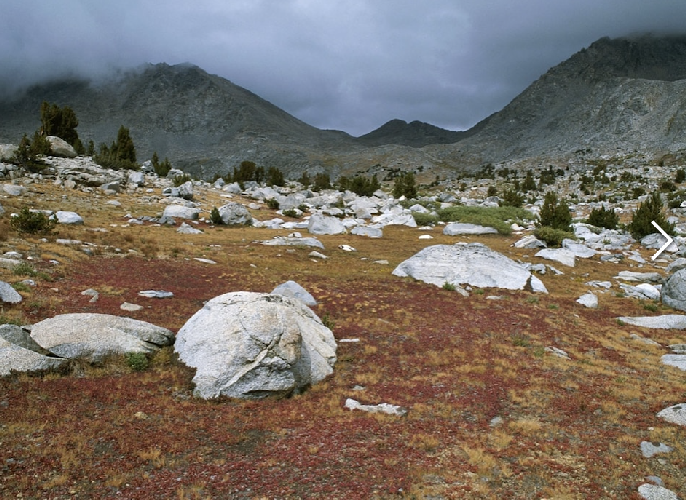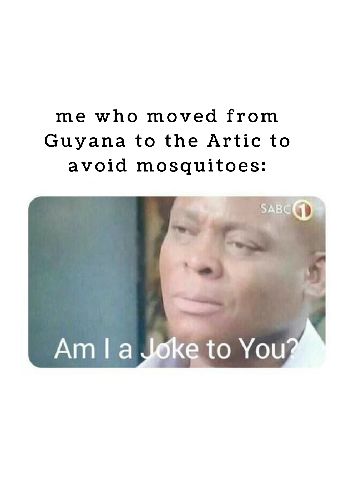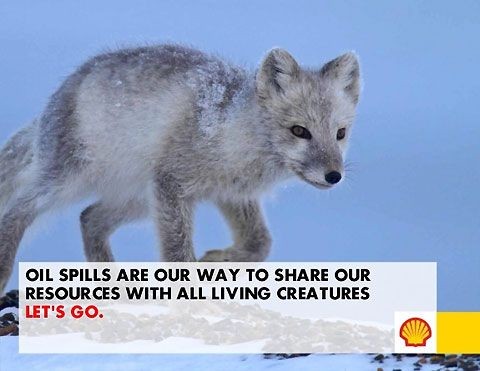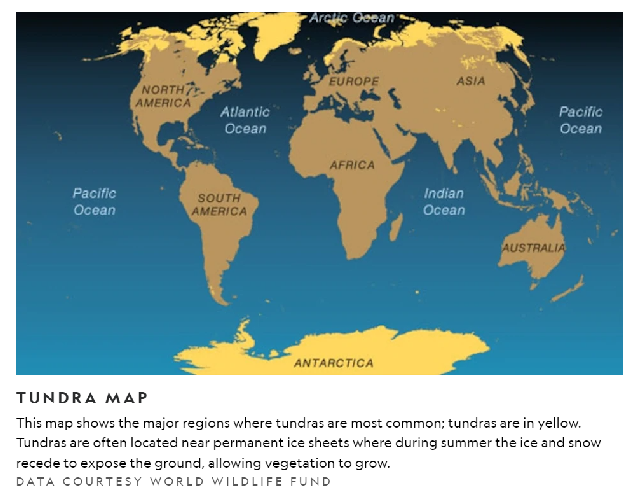The Eco-Trust Society's Trivia Tuesday 26th January,2022
{"name":"The Eco-Trust Society's Trivia Tuesday 26th January,2022", "url":"https://www.quiz-maker.com/QPREVIEW","txt":"Welcome to the Eco-Trust Society's Trivia Tuesday! Test your knowledge about the fascinating tundra biome with our engaging quiz. From the unique adaptations of its flora and fauna to the impact of climate change, this quiz will challenge your understanding and provide insight into one of the world's most fragile ecosystems.Join us in discovering:The wonders of tundra wildlifeThe significance of permafrostThe effects of climate change in the Arctic","img":"https:/images/course5.png"}
More Quizzes
UIEIPL World Environment day quiz Round 1
16884
Biodiversity Quiz - How much do you remember?
15817
Teleperformance Web
9425
Repaso Quiz 1 - Historia del Teatro
201053
Seasons Trivia - Spring, Summer, Fall & Winter
201020815
What Taylor Swift Song Are You? Free -Maker
201018506
Marketing Research - Free Practice Questions
15817404
Discover What's My Angel Number - Free Personality
201019325
Minnesota Trivia - How Well Do You Know the State?
201022364
Bone Tissue Labeling - Identify Osseous Components
201019520
Unique Nicknames for Boyfriend - Find Yours Free
201018506
Kindergarten Science - Free Questions with Answers
201020033




